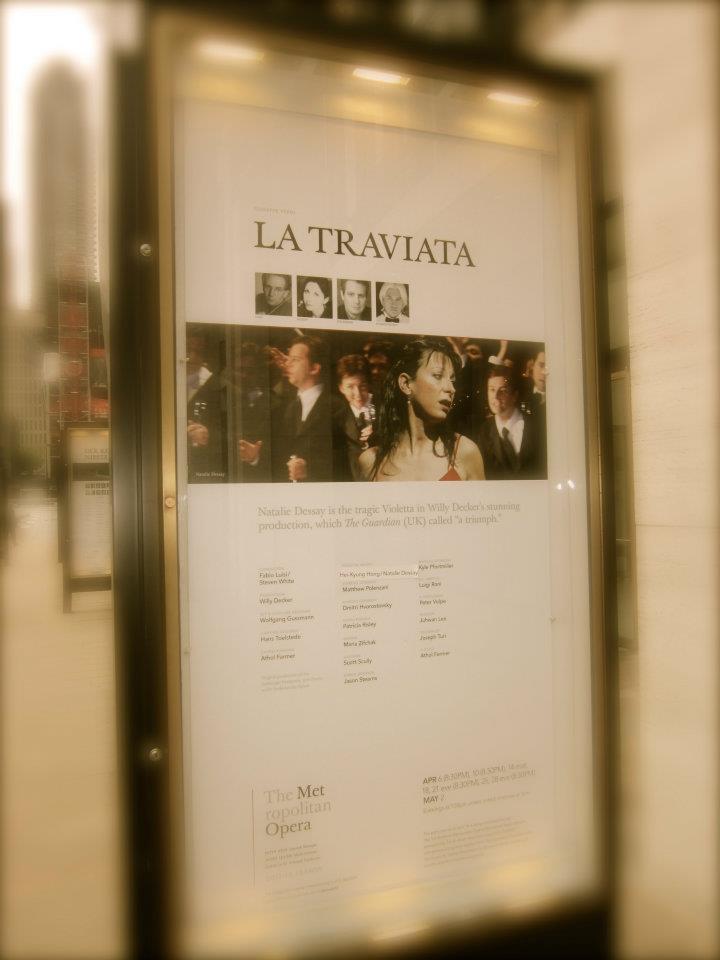Of all the performing arts, is any more obviously equipped to assert the largeness of human emotions in the face of eternity and infinite space than opera? The isolated instance of joy or pain breaks the confines of the human frame and demands the attention of the cosmos, or at least of anyone within hearing distance. Opera is, in that way, the perfect carriage for the great dramatic types of the 19th century, who were neither gods nor princes, but representative of relatable social strata, from the poor and bohemian of Zola, to the bourgeoisie of Ibsen, to the fading landowners of Chekhov, to, even, the wronged courtesan of Dumas fils’ CAMILLE, who found her way into Verdi’s LA TRAVIATA in the guise of Violetta. Portrayed in their own time as case studies of social victimization and biological determinism, the dramatic figures of the age have long since entered the realm of archetype, abstraction, and universality, transported from drawing rooms, estates, and boudoirs onto austere stages suggestive of cosmic forces rather than crimped societies. Willy Decker’s LA TRAVIATA at the Met, with its giant clock and great Hoover Dam of a set, calls to mind the curvature of space and the contingency of linear time. Against such a backdrop we humans can at most stand out dramatically, like splashes of color on a canvas or chairs in an sparsely furnished room, and as for our petty emotional concerns … well, we had best be singers and actors on the order of Natalie Dessay or Dimitri Hvorostovsky, who, far from being sucked into the cosmic wormhole, make it seem as though human feeling funnels down from the universe in the first place and will forever resonate in its farthest reaches. That resonance, from the small to the large, the social to the cosmic, is what gives the drama of the period its perdurability, and makes it eternally meaningful as the clock ticks on.
La Traviata
